Major US orch faces terrifying audience drop
mainThe Pittsburgh Symphony, with a growing international reputation under conductor Manfred Honeck, has suffered a disastrous season at home.
Attendance at the Mellon Grand Classics series plummeted from 61 percent to 50 at Heinz Hall; the Pops series dropped from 62 to 56 percent.
The orch has an ambitious new manager. She’ll have to work fast.
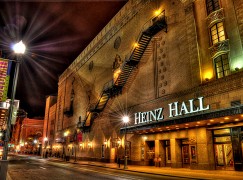
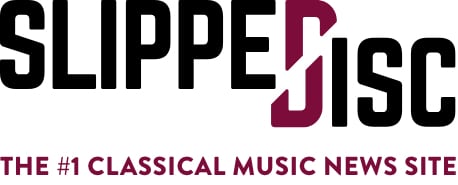
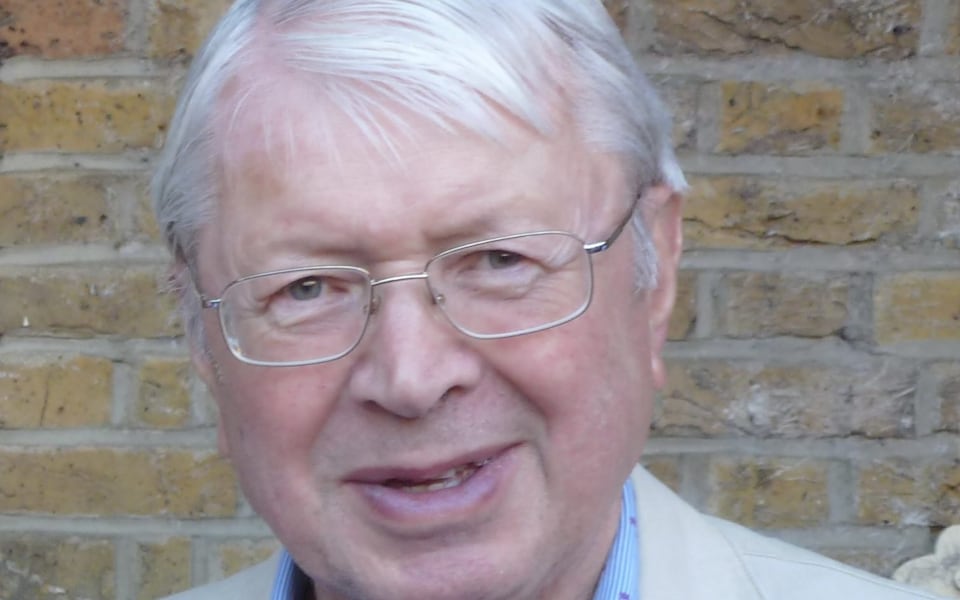
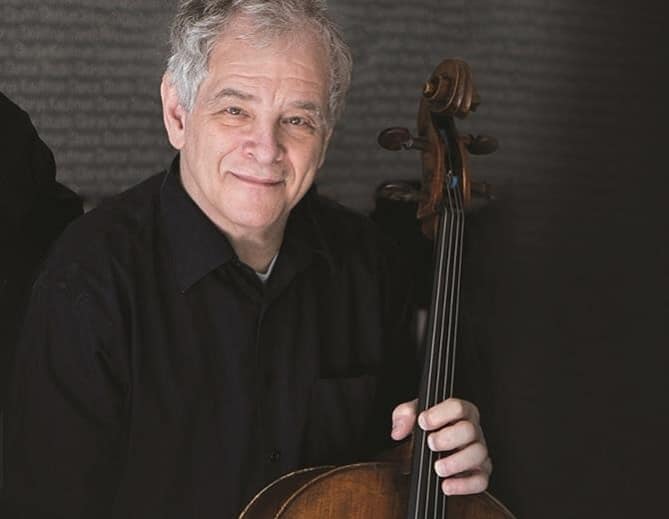
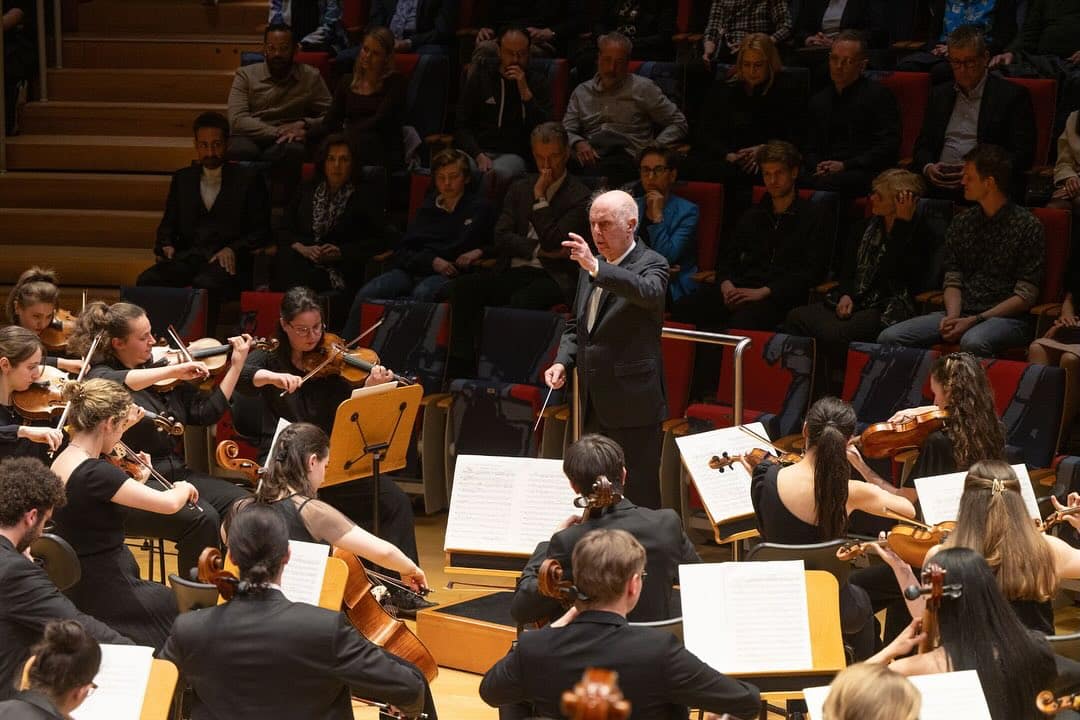

Comments